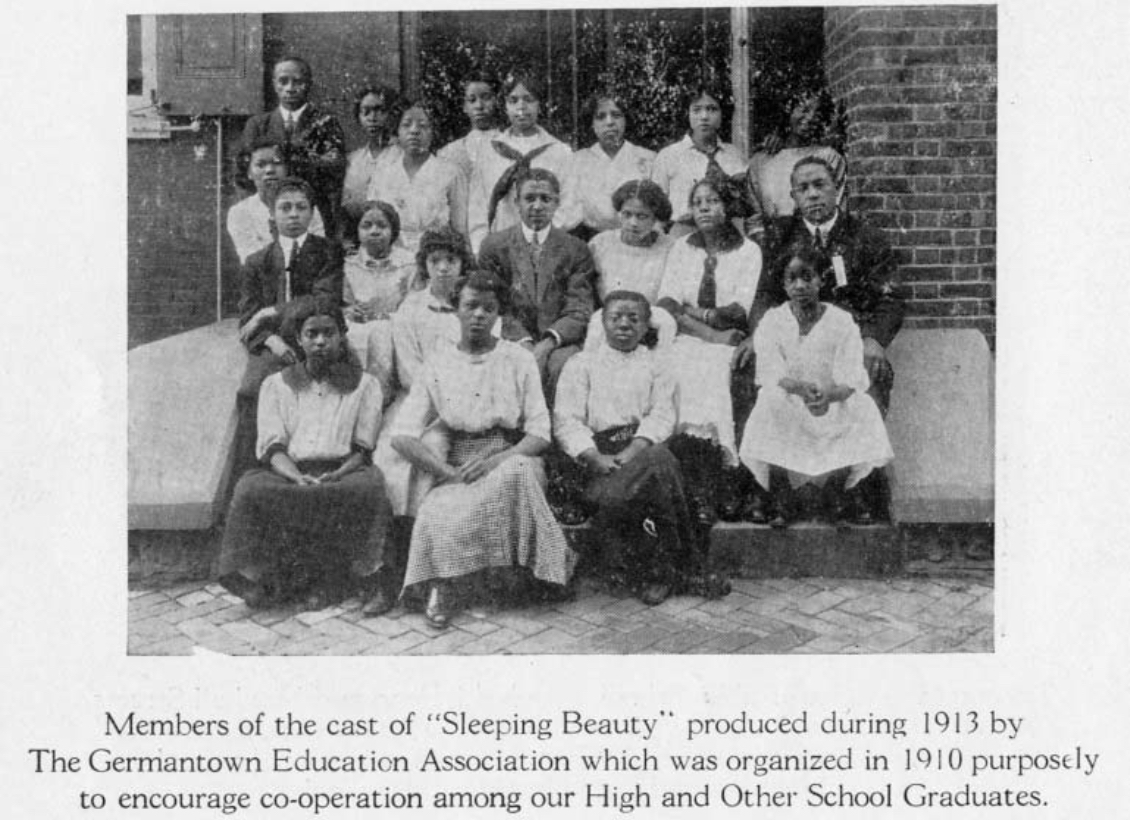
- Who
This summer Catherine Sorrentino, a third-year history major from Philadelphia, has been listening to music and taking long walks around the city. “I’m beginning to realize that I’ll probably move away after college, and I am sort of trying to appreciate as much of the city as I can while I’m here,” she says.
To further immerse herself in the city, Sorrentino took an internship close to home, working for Historic Germantown as part of the Summer Humanities Internship Program (SHIP), helping with graphic design and collecting data for its new website. As part of SHIP, each student receives a $5,000 award for the 10-week internship, supported by the College of Arts and Sciences and administered by the Center for Undergraduate Research and Fellowships.
- What
Exploring the archives, Sorrentino happened upon a book called “A Souvenir of Germantown.” Published in 1915 to commemorate the 50th anniversary of the Emancipation Proclamation, the book is part photo album, part guidebook, part sociological survey, but it defies categorization, she says. The book shows Black-owned businesses, churches, schools, institutions, and streets with primarily Black populations, all in North Philadelphia. A section in the back documents those living in North Philadelphia and the 22nd Ward, including the states the people originally came from and what their occupations, along with a discussion of taxes and statistics. “There’s a scholarly bent to it that I find really interesting,” Sorrentino says. “It’s sort of an amateur attempt at a statistical analysis of the neighborhood.”
During the golden jubilee of the Emancipation Proclamation, Philadelphia celebrated with guest speakers, conventions, and parades, Sorrentino says. “It was a really big deal.” The souvenir book documents this era, a time when Black people had both a living memory of slavery and optimism about a future shaped by the Great Migration, she says. “What does economic prosperity look like for Black families in Philadelphia, and what will it look like in the future?” Sorrentino asks.
- Why
The scholarly record has a lot of information about how leading Black intellectuals like W.E.B. Du Bois and Booker T. Washington felt about progress and prosperity, Sorrentino says, but not a lot of documentation on what that looked like in an average, middle-class community.
She found it significant that while companies were documented, wealthy individuals weren’t singled out or named. Instead, the author chooses to use “our people,” she says. “It’s a refrain, over and over again: ‘our people.’” The book prioritizes community over individuals, she says.
This framework contrasts with Du Bois’ idea of “the talented tenth,” the idea that the race progresses through a few shining stars rising above their peers, Sorrentino says. “It feels very striking to me that already in 1915, there’s already this answer to what is prosperity for the Black community? And what does freedom look like? And it’s this sort of communal answer. It’s not about individual people. It’s about a collective.”








